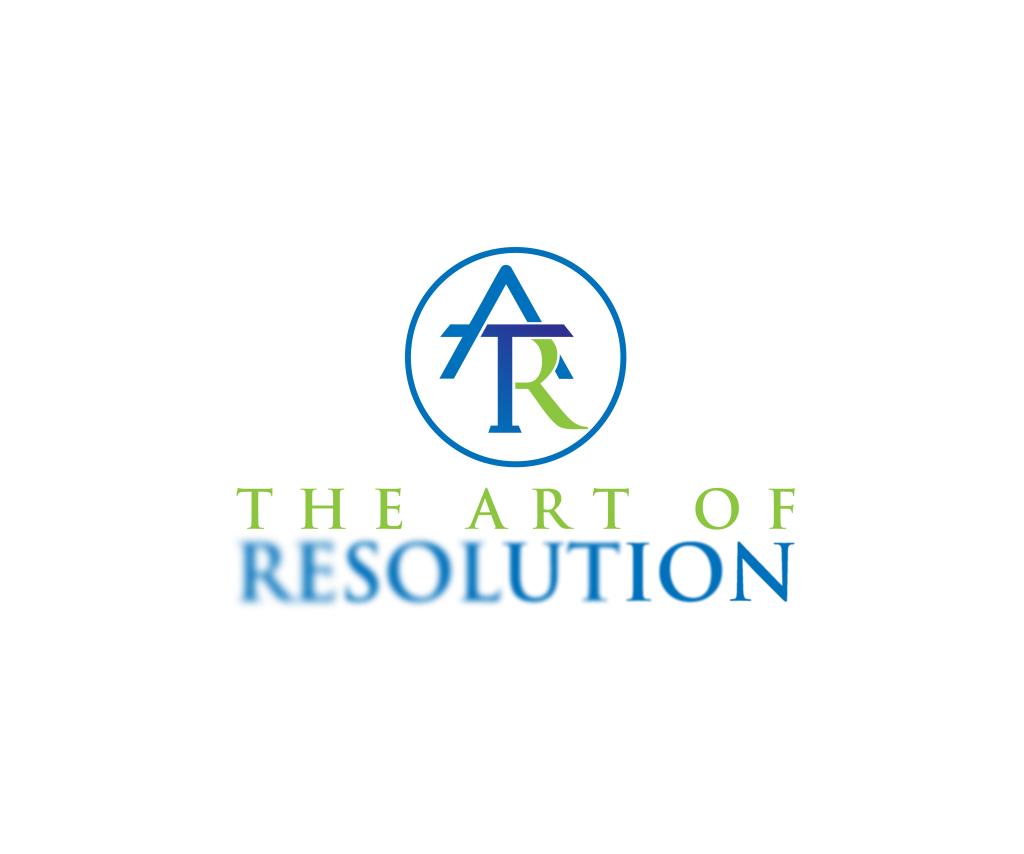I was talking with a colleague from Australian recently, a barrister and frequent mediator, about what the coming years will bring for international dispute resolution, and for mediation in particular. We agreed that in more jurisdictions across the world, mediation will continue to gain wider acceptance and to be more frequently employed by parties in private disputes — and for that matter, that it should also be used more in the government and legislative area to help tamp down and mitigate some of the severe conflicts that have emerged in our polarized era. On the commercial litigation front, a step in the right direction was the entry into force in September of the Singapore Convention, whose full name is the UN Convention on International Settlements Resulting from Mediation, a multilateral treaty that makes is easier to enforce written agreements in international commercial disputes resulting from mediation.

If parties from different states arrive at a mediated agreement, the Singapore Convention permits one of them to enforce it directly in the courts of a signatory. The general approach is intended to be similar to the New York Convention’s enforcement mechanisms for arbitration. Criteria for applicability include some other cross-border scenarios, including instances in which the country of performance is different from the business seat of either party. Like the New York Convention, exceptions to enforcement exist, including process flaws like duress, the impartiality or bias of a mediator, and provisions of the purported agreement that are unclear or that would violate the law or public policy of an enforcing jurisdiction.
For all of us who are part of the international dispute resolution community, the Singapore Convention is a welcome step. There are too many instances in which international civil wrongs have been able to fall through the inter-jurisdictional cracks, making pursuing a remedy difficult. This is especially so when a defendant is intentionally behaving badly; I am thinking of a fraud case we handled some years ago, in which a party based in Southeast Asia took deposits under a variety of contracts and then disappeared, knowing full well that he was based in a jurisdiction that would make reaching him virtually impossible. One of our reservations about any settlement, as opposed to a full judgment and other remedies in his home jurisdiction, was that same cycle of disregard with no consequence.
So having a certain means to enter into mediation of a cross-border disputes, knowing that enforcement is provided for by law, will encourage more settlements and make those settlements more effective. We will, though, need additional countries to come on board. Right now, fifty-three countries, including the United States and China — interesting because of the fraught status of current relations — have already signed.
The United States did so last year, in August of 2019. We’ve been experiencing such a tumultuous year politically that it is not surprising we’ve seen relatively little about the Convention outside of the dispute resolution community. Even in a normal news cycle, foreign relations and international dispute resolution are not always top of mind. But the Convention will need to be taken up in discussion again soon.
I see a couple of questions that we’ll want to discuss, one in the short-term, and the others over time. The short-term question is whether the Singapore Convention will be self-executing, meaning that U.S. courts can apply it without the need to have Congress enact it into statute. The alternative approach would be writing it into domestic law, as we did by incorporating the New York Convention into the Federal Arbitration Act. The executive branch usually makes a recommendation on this front and drives the conversation. I’ve not seen anything to suggest this has yet moved forward — if you have, send me an e-mail, as I’d love to update the blog with the latest.
Over time, there are a other few open questions to consider. I mentioned exceptions to enforcement in Article 5 of the Convention, and another one of them is the mediator committed a “serious breach” of “standards applicable to the mediator or the mediation without which breach that party would not have entered into the settlement agreement.” What are those “standards,” and to what extent do they have to be determined based upon international consensus or custom versus domestic approaches?
The International Bar Association, of which I am proud to be a member, has done excellent work in codifying a variety of dispute resolution standards (for example, the IBA’s well-known guide to conflicts in international arbitration). It may be that taking up standards for international mediation is a next important piece of work for the global bar.
Another question is what it means to “enforce” an agreement, and the range of remedies available. That questions seems better able to be developed at the level of national courts and through ongoing practitioner and academic input as the Convention matures and is applied. At a high level, to have any teeth, enforcement has to include the full panoply of contract remedies that would be available — damages, specific performance, and injunctive relief — and enough flexibility to adapt to the specifics of complex and creatively-negotiated agreements. We recently resolved a competitive dispute in mediation with a company in China, and part of the mediated agreement involved a detailed series of rebranding steps, along with inspection of certain digital files. Were that mediation agreement ever to be breached, a court considering it would need to have flexible equitable power to fulfill the parties’ intent.
I expect the Singapore Convention to prove its worth in the coming years, which of course will assist in saving individual parties a great deal. As the Chinese proverb goes, going into the law court can mean losing a cow, for the sake of a cat. But beyond that, the systemic values from the Convention’s proof of concept is more mediation, in more legal systems. Here in the United States, many of us, including those who mediate frequently as part of a very well-established and strong system of private and court-annexed mediation, assume that the benefits of mediation are equally recognized everywhere. But internationally, disputes more often go to the national courts or to arbitration.
That has been changing over time. Especially for online dispute resolution, which is ideally suited for international disputes, the current pandemic has provided a further push. Concerns about COVID continue to limit full access to many physical courthouses and has created backlogs of civil cases, making mediation a more attractive and necessary alternative.
Although I’d love to visit the beautiful city of Sydney, being able to mediate remotely with my Australian friend brings vast convenience and savings in time and expense. That is a very good thing. Over the longer post-pandemic period, the Singapore Convention can continue and accelerate this change, bringing international mediation further into the fore.
